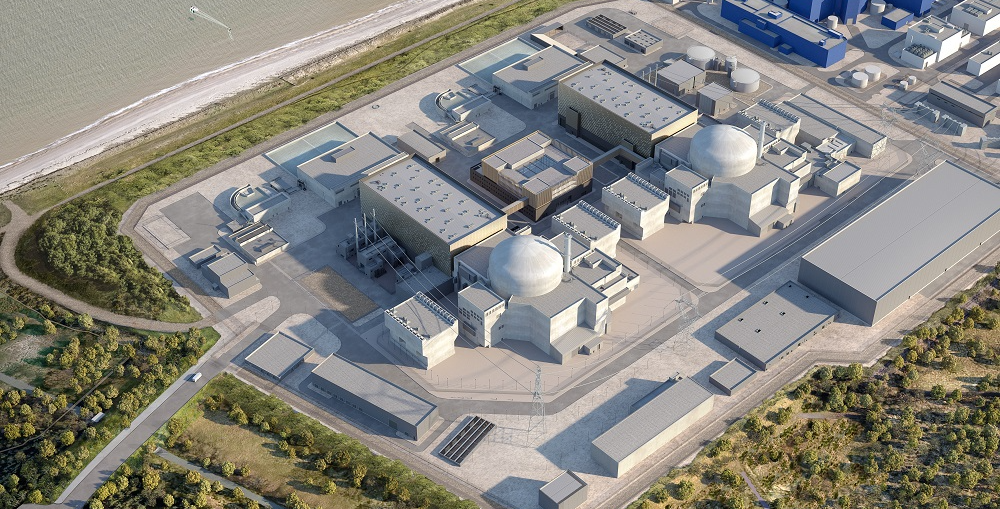What the infrastructure investors say (part one)...
In a roundtable sponsored by international law firm Paul Hastings, nine major debt and equity investors debate key issues affecting the now and future of the infrastructure market. Part one discusses asset pricing, fees, brownfield versus greenfield, the battle between banks and institutional lenders in the medium-term project debt space, and alternative debt and equity strategies.

Participants:
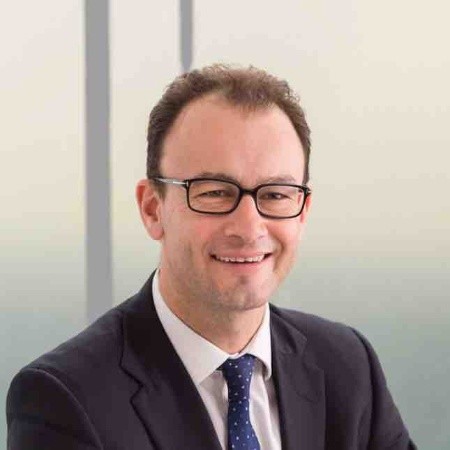
Tom Sumpster, Head of Infrastructure, Legal and General

Francois Bornens, Partner, Arjun Infrastructure Partners

Severin Hiller, co-Head of Infrastructure Debt, Rivage Investment

Peter Hofbauer, Head of Infrastructure, Hermes GPE

Darryl Murphy, Head of Infra Debt, Aviva Investors

Jeff Woodard, Principal – Infrastructure Equity, Axa Investment Managers

Mark Hedges, Chief Investment Officer, Nationwide Pension Fund
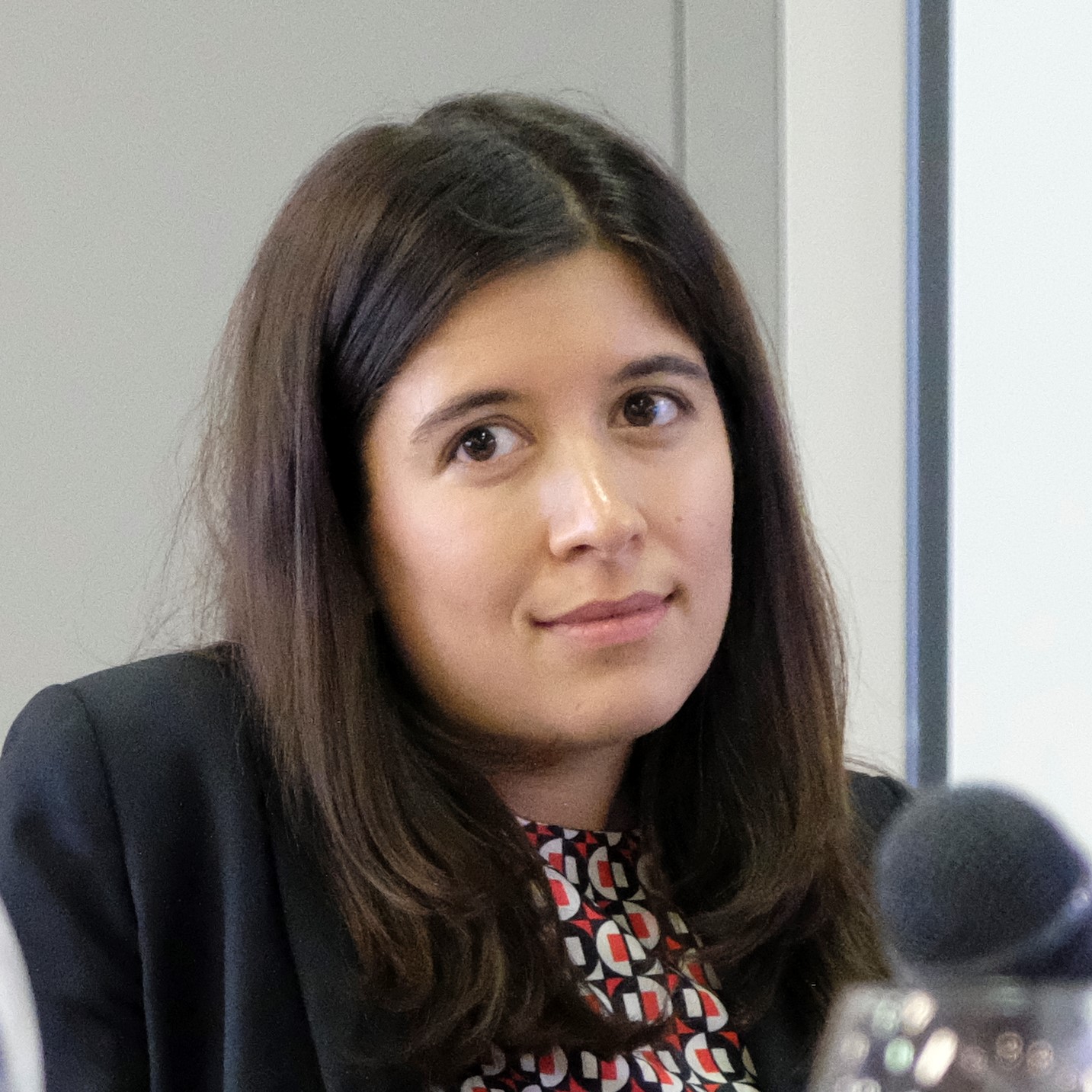
Shreya Malik, Private Infrastructure, Partners Group

Jerome Neyroud, Head of Infrastructure Debt, Schroder AIDA
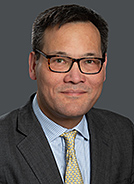
Steven Bryan, Partner, Head of Energy and Infrastructure Group, Paul Hastings
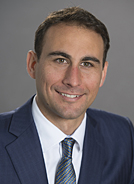
Luke McDougall, Partner, Finance, Paul Hastings
Paul Nicholson (moderator)
Paul Nicholson: Are we approaching bubble territory with infrastructure investing? Is there too much money chasing too few investable assets? And are we seeing yield compression as a result of this investing?
Steven Bryan: From an advisor perspective, we hear a lot about that being the case. On the other hand, we were involved recently in the sale of European towers assets, which was abandoned because the bid values that came in were not at the levels that the sellers were hoping for based on recent comparable transactions. There were clearly differences in sell-side and buy-side valuations of the business. We were surprised by that because the talk had been of this infrastructure asset class being particularly hot at the moment. I guess it just shows that there is still some discipline left in the market in terms of what investors are prepared to pay.
Peter Hofbauer: You have to start by looking at where the capital is aggregating. It’s a little bit like the broader economic cycle in the last 10 years, the rich have got richer and the same applies to infrastructure managers, the bigger managers have got bigger and they’re taking a significant portion of allocations. And where they’re going to employ those allocations are obviously large transactions. The second part of the question concerns valuations and whether valuations are excessive. I think you have to consider the context in terms of lower for longer returns, and there are pockets within infrastructure where that certainly applies. On a relative basis however, returns have been pretty constant in the last five years.
Tom Sumpster: We are also seeing different pools of capital coming in, there is certainly Asian money which drives a much lower return than we’ve seen elsewhere in the market. We’ve got very mature investors with closed-ended funds looking to exit at a time when they see value for their investors. Likewise, there are new entrants that are looking at the infrastructure market which is now dissecting across a super-core, core, core-plus, value add, investment segment, but as a result of that people are driving, as a seller, a much higher bid price, and as a buyer, a tighter return than perhaps people have received in the past.
So it’s an interesting environment. If you speak to a number of bankers and financial advisors, they will say there is a huge pressure on fees for their business. Take a look at the investment management scene as well, again, there is big pressure when new mandates are out there for investment managers. There is a big conversation around the fee that you’re willing to do that investment management mandate at.
Mark Hedges: I have been saying for a number of years that the best infrastructure fund to be invested in is the one that’s selling its assets, but there still seems to be continued out-performance year on year. It seems to persist, although there is a question, given the amount of dry powder out there, over how much people will be paying for some of these assets? We as a pension fund have been more cautious about where we’ve been deploying money in infrastructure and very much prefer to invest in smaller opportunities that are building platforms that a bigger fund is going to want to buy because it’s got scale. And that’s where we’ve added a lot of value. So we’ve made some generous returns from Asian renewables, we made a net return of 20% from the sale of various wind farms and solar panels that were bought by GIP from Equis. So that’s been our focus. It’s very much, “Let’s actually try and create the assets that everybody else wants.”
Severin Hiller: I still maintain that if you look around what’s happening in other asset classes, I’d rather put money in infrastructure as opposed to the other investable segments of the market.
Francois Bornens: I think we’ve got a little bit lucky because infrastructure, as an asset class, started, for most, just before the financial crisis. And all investors quickly understood what the challenges of this ‘new’ asset class were, i.e. leverage, sensitivity to GDP. In summary, infrastructure is not just like a bond! So, over the past 10 years, the professionals in the space, including institutional investors, worked on correcting many of these challenges.
Today, I’m not sure one can use the term bubble – at least not one that will explode. Will there be pressure on pricing and so on? Certainly, and that’s also why we talk about yield compression and so on, that’s a challenge that investors will face. We see some of them today willing to invest in assets directly without leverage. They’re very happy with 4-5% because they understand the risk return profile of these assets. The bubble, I think, it’s not for just right now.
Paul Nicholson: We’re seeing a slowdown in growth, particularly in Europe. How do you see potential rate cuts and asset purchases by the European Central Bank (ECB) affecting the infrastructure market?
Severin Hiller: Our client base is mostly made up of insurance companies, which tend to be more focused on relative value when making asset allocation decisions – what’s happening to absolute returns tends to be less of a driver in investment decisions, as opposed to what’s happening in relative value terms. So, when you have the ECB buying corporate bonds, that kills the spreads in the corporate bond market and makes private debt returns’ relative value look better, increasing investor demand for private assets in general, including infrastructure debt.
As alternatives to infrastructure debt, investors are also considering corporate private debt where returns are probably a little bit higher, which is arguably riskier and more correlated to the business cycle. Or they can invest in bond markets, which are ostensibly more liquid, but where returns are just too low in the current environment. What did they invest in before? They were investing in pfandbriefe, which currently have zero or negative yields. They were investing in sovereign debt. Well, how do you generate a return for your policy holders if you’re investing in sovereign debt? It doesn’t work. So, all of that points to future growth in private debt.
Darryl Murphy: It’s worth just setting the scene to amplify what Severin is saying. There are differences between the debt and equity markets, as you’ve identified. And to this point, they’re not interchangeable to an investor, so for a pension fund they should see their debt strategy very differently to their equity strategy. In a classic alternative allocation, it’s likely to go to equity on a return basis, when you’re pitching a debt proposition to an investor, the comparison is investing in corporate fixed income products. So it’s a fixed income product versus equity product. In the insurance world, with Solvency II, you get a slightly different dynamic in terms of capital which may make the debt product more attractive.
Paul Nicholson: In the fixed income markets we are seeing inverted yield curves on medium term US treasuries, and long-dated treasuries are paying the same as two-month paper. How does this impact investing in infrastructure debt in the US?
Tom Sumpster: On the debt side we very much attach a liquidity premium to transactions, so we’re looking at US treasuries in the public markets and looking at premium value to that. It’s certainly fair to say that, at the moment, we feel less volume is in the UK, but with a very buoyant US PP market and an ever-growing P3 market, and also city procurements in the States, that is an interesting market. As a result of that we’re deploying more resource out there over this year to take advantage of the deals that we’re seeing. But it’s very much equally a relative value play. In the European market, we are seeing rate cuts, and that’s affecting potential yields; then we’re going to look elsewhere in the globe for investors and typically we go across Canada, the US and Australia.
Darryl Murphy: I think you would agree Tom, it’s a very liquid market on the debt side because infrastructure is often financed through public bond products such as PABS and TIFIA. It means there’s been less space for private debt and there are a lot of institutions chasing US PP activity. So there’s a huge amount of liquidity. I think everyone’s waiting for the nascent market, the mythical Trump infrastructure plan to materialise – but given the state of US infrastructure you’ve got to believe it will come at some point.
Jerome Neyroud: The real driver is not, per se, the US treasury curve but the cross currencies swap curves. It does reflect the relative cost/benefits of lending euro versus US dollar. US investors’ appetite to lend in euro at competitive terms will be impacted by this curve rather than the US treasury curve in absolute terms.
Darryl Murphy: For the obvious reason, when investing in debt you don’t really have the capacity to take currency risk, either you can’t from a regulatory point of view, or it can simply blow your credit spread. I sense equity probably has a different view, on currency risk. This is why you’re seeing, for certain types of assets in Europe, US investor appetite gaining 40/50 basis points in some cases.
Paul Nicholson: Are pension funds as much in the business of fund creation as fund selection around infrastructure? And are you seeing an increase in direct investing generally as a trend?
Mark Hedges: Yes, ten years ago when I was investing in our first infrastructure funds, I was alongside PGGM, and large Dutch funds. They don’t invest in funds anymore, they do this directly. The large funds are in a position where it makes more sense for them. If they can equip themselves with the right resource and skills then why wouldn’t you buy this direct? They’ve got the capacity to go into that market with their volumes and just access those assets directly. And we’re also seeing sovereign wealth funds doing the same thing, and they’re even bigger. We do see a growing element of the pension fund market where it’s got that capacity but, let’s face it, there are a large number of funds that aren’t big enough, so there will still be a demand for fund intermediaries. But, yes, where you can access that if you have the skills to do direct investment or at least co-investment, that’s where you’ll see more demand, certainly from the big players in various markets.
Paul Nicholson: Do you think that there is also a trend to take controlling stakes in assets?
Mark Hedges: I think if people feel they’ve got the wherewithal to manage it, and they certainly feel that there is a better return to them because they can take out all of the fund management fees that they would have paid and that means they’re keeping the carry from this for themselves, so, yes, there’s the opportunity for some pension funds to do this; depending on the size of the deal, depending on the size of their fund and their skill and resourcing capacity, because you’ve got to have the right skill set to do this. And that’s why it’s only really the real large players in the UK and the US who potentially do this, some of the aggregated local authority pension funds, but once you’ve got past BT and start getting to the rest, let’s face it, all the corporate pension funds are closed.
So many of us haven’t got a new chunk of money to spend every year, it’s about a de-risking activity. There’s not a lot of new money coming in to corporate pension land in the UK. Elsewhere it’s different and funds are bigger – big Canadian funds, big Dutch funds – all of these people are capable of running some of this in-house, and they do.
Peter Hofbauer: The market has matured away from its initial way of aggregating capital, which was through fund managers to where we now have the larger schemes, resourced up and go direct for some investors as Mark says. But increasingly there’s more nuance as to how institution investors want to access this, and so there’s now a spectrum from co-mingled funds, co-investment, more broader strategic relationship type graduates, all the way through to direct, and it’s actually pleasing to see that it’s maturing to allow those multiple access options for investors that best suits their need.
Steven Bryan: Yes, we have also begun to see more GP-led processes providing liquidity to LPs, rather than funds exiting underlying investments. Fund extensions, with liquidity processes for exiting LPs, is a way for investors to cash out and new investors to come in without an underlying M&A process. For the fund managers that’s great, because obviously they just roll over the fund, particularly if it’s closed-end and they can actually keep the fund going for longer, and LPs that wish to can stay in.
Mark Hedges: We’ve certainly seen that with GPs coming to us where they’re getting to the end of their life and thinking more innovatively. Typically the thinking was "We’ll extend for another 12 months and see if we can sell the asset". Now they’re coming with pre-set packages and saying “you’ve got a choice, you can extend or we can take you out because we’ve found another partner who wants to buy into these assets.” And so they’re being more proactive, certainly.
Shreya Malik: At the same time, we need to acknowledge that not all assets are fit for pension fund ownership. There are several LPs moving into directs and several GPs moving towards holding assets for longer, but in the end not everyone wants exposure to the same type of assets. Historically at least, we’ve seen pension funds focusing on a certain subset of the market typically comprising of more mature assets.
Francois Bornens: Regarding pension funds investing in direct investments, it requires three things – you mentioned two, and I will add one. First, Institutional investors need to have their allocation to infrastructure clearly defined: they’ve done fund investments, they‘ve invested in a few co-investments alongside their GPs, many now want to do direct investments. Five years ago everybody wanted to be direct but couldn’t do it. Why? Because of the second point, LPs need to have the right resources so investors can speak GP’s investment team language. And the third point which I think is critical, is the internal capability of LPs to deliver a decision on a direct investment and to sign that transaction within a two- or three-month time frame? That’s been the most challenging one because, although investors hire the right professionals, their boards, their investment committee may not always have the experience and the governance to make this decision in a timely manner.
Arjun only works on a deal by deal basis with investors within a partnership approach; we’re working with pension funds with between €5 billion to €50 billion of assets under management. These institutions will never have a team of 20 people, but they’ll have a team of one to five people and they’ll need to leverage a GP to access the direct market; that’s where Arjun plays a role. In addition, most investors would have a preference for majority ownership. If you have a €20 billion pension plan it’s very difficult to put 200 to 300 million on a deal, so you want to combine your effort with other people who are being like-minded investors to reach majority ownership of a transactions. Again they will need Arjun to help them working in partnership with several similar investors.
Paul Nicholson: As a debt provider to what extent are you complementing or competing with the traditional bank markets, particularly in greenfield
Darryl Murphy: That was going to be my initial hobby horse about the banking market. When you talk about liquidity it's relevant for equity due to the sheer size of capital available. But a lot of this capital is kind of similar, there’s different strategies but it’s all coming from a very similar end investor. Debt is slightly different in the market at the moment. Classically there has been a view that there are institutions and there are banks, and ‘never the twain shall meet’. But then the market moved on and now, depending on where you are round the world, the mix is different. North American has always been very institutional, Europe is not very institutional at all and the UK has swung both ways (it was very institutional for a while, but banks have recovered).
We all realise that it’s a hybrid situation, there’s no paradigm shift. I think the interesting thing about the banking market is that we went through a cycle, with Basel III and the view post-crisis that banks shouldn’t be lending long-term. Today a lot of banks will lend long-term on transactions and, frankly, at pricing that makes no sense on a relative value basis. But the reason for that, of course, is they don’t compare against liquid alternatives.
So, the banking model is the banking model, we all get the same approaches from banks who want to find an institutional partner. I don’t think all banks have yet found their sustainable model going forward, they want to see how they can work with institutions – the model has changed from being black and white to being mixed. And in many cases it is a model of banks taking shorter term debt and institutions taking long-term risk. But in many situations, particularly at the short to medium end, which is less than 12 years, you are going straight into an overt competition with bank debt. And in renewables, it’s even worse. Mainly because everyone wants renewables and banks tear up their lending criteria for renewables.
So you’ve got this aggregation of institutional and bank capital, but I still don’t feel we’ve found the equilibrium yet of banking models. Now, they are talking about Basel IV. They are asking, “Does this long-term lending really make sense?” I know we’re being quite extreme, but it does feel like they’re having an existential crisis around what is the future of the wholesale banking product. And we are quite open, as I’m sure many people around the table are. We’ll work quite happily with banks and we probably work with them more than we used to. Equally, we work with many other institutions, more and more. That’s another change in the marketplace, we’re less insular and I think for the equity people round the room, they acknowledge there is an increasing different variety of sources of capital.
Just briefly on greenfield, I really don’t like the general idea that institutions don’t like greenfield. There are good reasons why certain equity investors don’t want to do greenfield, it’s more about yield. I don’t like the idea that’s promulgated that greenfield construction risk is a no and operational is good. There are lots of operational projects that are risky, just as there are some construction projects which are quite straightforward. The risk analysis is just the same. The key thing is, are you happy in many cases not having a yield during that period? And, arguably, debt can manage that to some degree better, perhaps, than equity.
Severin Hiller: I would add that banks have a focus on their client relationships and where the client relationship is strongest is for greenfield investments, especially in renewables. Therefore, on our side, we don’t seek to compete head-on with banks for those types of assets given the resulting aggressive structures and low margins.
Paul Nicholson: It seems a strange situation because you’ve got many funds saying there are a lot of people chasing the same assets and there are not enough assets about, and at the same time to create more asset growth you’ve got to be doing greenfield – and funds don’t particularly like doing greenfield. So surely the obvious solution is the banks take the construction period and then you refinance via the funds post-construction?
Darryl Murphy: That model always made sense in classic project finance theory. In reality it is a dream and we’ve not seen it anywhere around the world. Maybe because no-one wants to take refinancing risk.
Tom Sumpster: I’ve seen it in Australia. and I would say that Europe and the UK have been relatively unique in having a bank market that is willing to go out 25 to 30 years on very cheap relationship money. That is different to the US, Australia and other areas, and that’s something that institutional money has struggled with over a long period.
There is a huge amount of pension fund money available that is now under Solvency II. We wrestle with the restrictions around it but, nevertheless, it is there, available to compete with banks, and as a result, if you look at the teams – everybody around this table – they are now fully resourced and have the skills to compete with banks, not just from a price competitive point of view if you take away the relationship, but also from the way that we manage those assets. And, you know, we respond to equity investors, we talk to them, we get to transactions much earlier than we used to. It is an interesting environment and as Darryl said, it’s another liquidity option for equity investors and when we talk about late cycle, well, you know, there is huge liquidity at the moment. The pricing in the debt markets is tightening and as a result that’s driving more attractive exit prices for equity.
Paul Nicholson: In terms of brownfield investing and asset purchases, are we seeing public infrastructure becoming increasingly private and is that a trend that will be sustained globally? Behind the question is political risk; so what attracts private equity to infra assets? And is there anything on the horizon which would cause any trend to disinvestment?
Peter Hofbauer: Well, I think it’s a complex question because there is still a significant need for new capital to be invested in infrastructure, whether that’s greenfield or brownfield, because there’s a lot of organic growth. When you think about the essential services, those businesses that have, effectively, a social contract, I think the infrastructure market is maturing to recognise that there are responsibilities that go with that beyond what investors envisaged when they originally invested some time ago. And that includes being mindful of obligations to all stakeholders and ensuring that service levels are appropriate given that they are essential.
I think there’s a review, of the settlement between end users and investors and other stakeholders, and part of that is importing arguably greater risks into these businesses, but the same things that attracted investors to these assets in the first place, which is basically limited demand risk, still prevail. In the UK, things like potential nationalisation, is shining a torch on this. I think, to the extent that there is any resettlement, where that ends up, it’s not going to be limited to the UK and it’s going to ripple throughout the infrastructure world just like when the UK first started to privatise and it allowed private sector capital to be introduced to these assets globally. That rippled around the globe and created a settlement, if you like, or a contract that allowed investors to invest in public service infrastructure businesses. At Hermes we have certainly been saying for some time that that there needs to be a re-focus on governance and on ESG and the social contract and a focus on all stakeholders and service levels. These are big businesses and they take a while to change and there is, perhaps, less appetite than there was historically from the public and from regulators and politicians to provide time for those changes to come.
Darryl Murphy: Peter’s raised a very interesting point on the ripple effect, because we could get very myopic and talk about the UK, but the more concerning thing is the amplitude of those ripples in terms of is this just a pure UK thing or has it spread further? In my view, a lot of this is looking at the existing privately held public infrastructure, it’s hard to think of too many countries that are going through wholesale privatisation programmes. It comes back to Severin’s point around the future need of infrastructure, it is increasingly a private investment universe. Because most governments are going to rely on the private sector for energy transition, mobility, digital – they’re all very much in the private domain. So we’re moving away from the public services area.
Paul Nicholson: Shreya, where do you see the opportunities in terms of privatisation or the opportunity for private equity to come into public infrastructure?
Shreya Malik: We have a global fund – we want to make sure we have the ability to follow a relative value approach between countries and sectors across the globe; we want to capitalise on global trends especially targeting assets in sectors where there is a significant need for private capital to fund new, or replace old infrastructure. The global approach also allows us to access a large universe of opportunities and really compare and contrast the relative risk return on a global basis.


